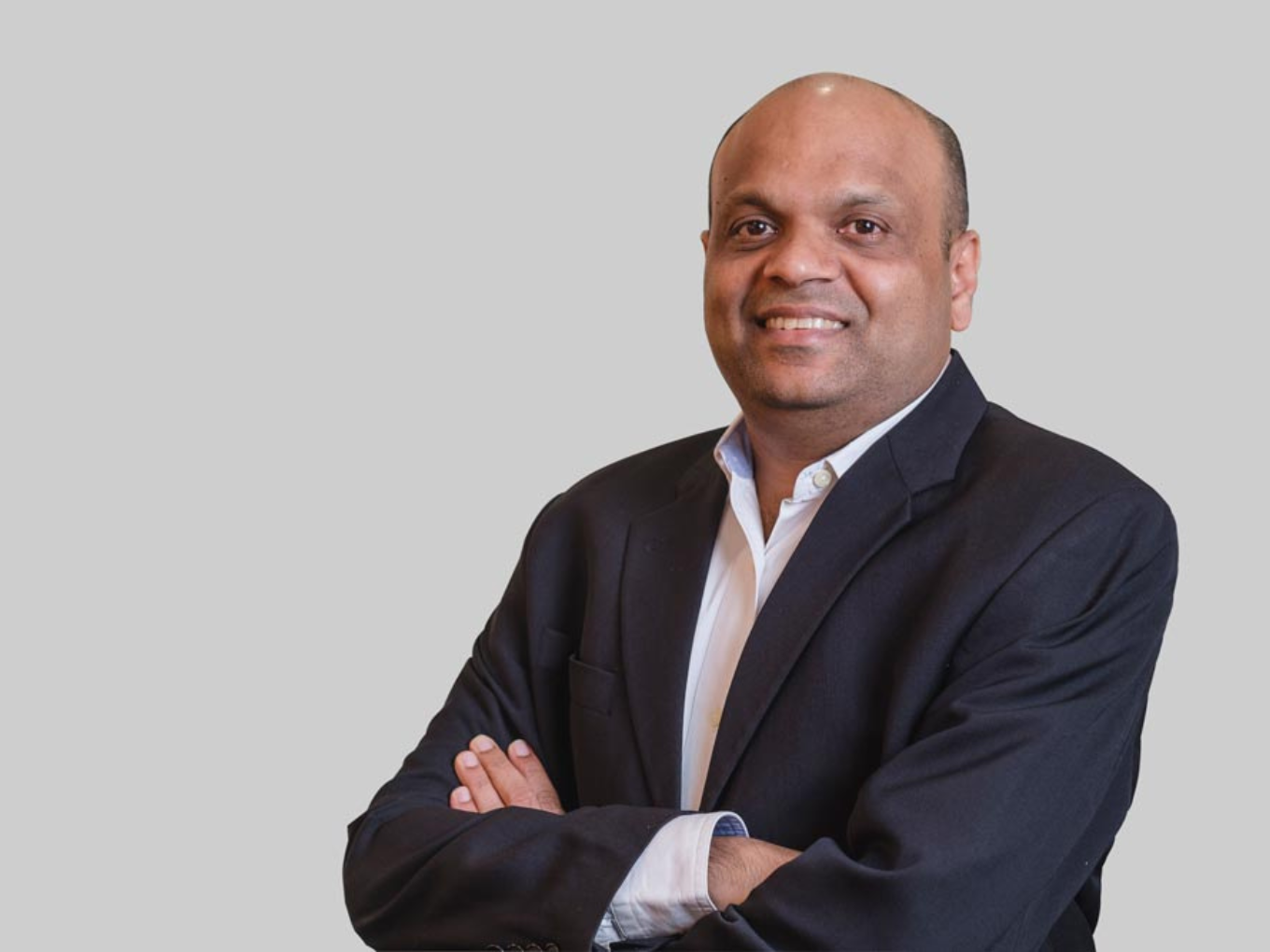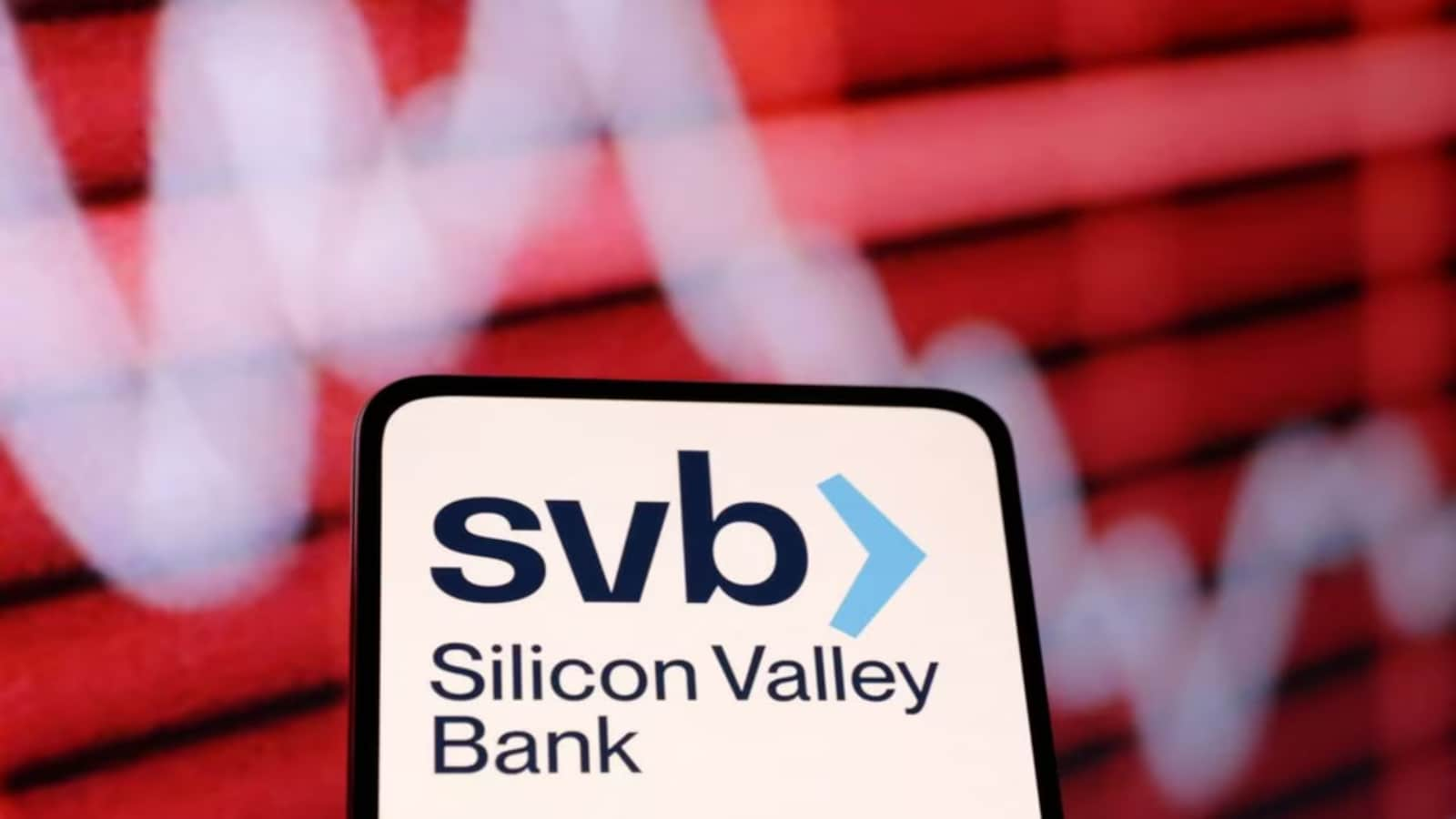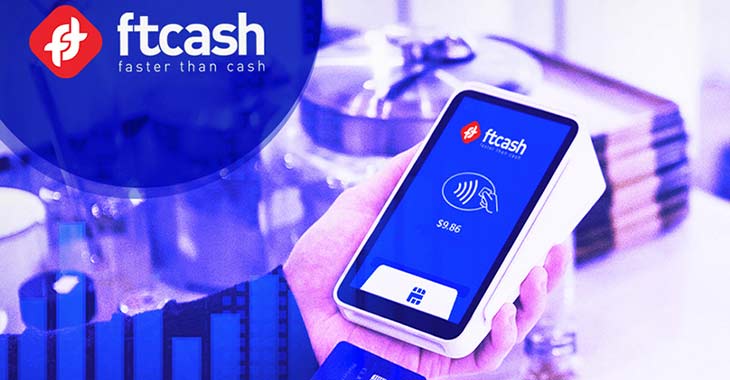Fintech Lender Ftcash Plans To Launch A New Product For Financing Supply Chain.
Since it began, ftcash has grown a lot, and in 2021, it raised more than three times. With 4%, we have the lowest 90+ delinquency rate on the market, which is much lower than the market average in this target segment.

Fintech Lender Ftcash Plans To Launch A New Product For Financing Supply Chain.
Ftcash is an NBFC that is registered with the RBI. Its goal is to help over 60 million micro-merchants and small businesses by making loans easier to get. Ftcash analyses the creditworthiness of underserved MSMEs, like retailers, pharmacies, clothing stores, auto shops, and mom-and-pop stores, with its own algorithm.
It then offers institutional financing to these businesses. ftcash was started by Sanjeev Chandak, Deepak Kothari, and Vaibhav Lodha. It is based in Mumbai. Investors like Accion, FMO, and IvyCap Ventures back the company.

Inception and the path taken thus far
A responsible lender for small and medium-sized businesses that combines loans with digital payments. We make it possible for them to make more money and give them a chance to grow. Ftcash began in 2015 by making it possible to accept digital payments anywhere in the country in less than five minutes.
We were able to make the process of accepting digital payments very easy and “merchant-centric.” Small and medium-sized businesses (MSMEs) can use our products to boost their business income and build their credit at the same time. Even with Covid-19, the AUM has grown by 22 times since 2019. It is now INR 360 crore, up from INR 175 crore a year ago.
Can you tell us how the start-up’s sales are growing and what your sales goal is for the next year? How do you plan to lower losses?
Since 2020, ftcash has grown by 2.5 to 3 times every year. Our monthly payments keep going up by 10-15%, and we expect the same thing to happen with our income in FY 2023-24.
To cut down on our losses, we have put a lot of attention on productivity and profitability over the past two years. Our current project says that we should break even in three months (Q2 2023).
What problems did you run into when you first started ftcash, and how did you solve them?
Only 4% of micro-merchants in the country have access to capital. One of the main reasons for this is that people in Tier 2+ towns don’t know much about money. The amount of the current credit gap that can be fixed is estimated to be $397 billion.
Small business owners usually borrow money from moneylenders in their area, which often traps them in a cycle of debt. Traditional lenders, like banks, don’t like taking risks, which makes it hard for MSMEs to get loans. There are also problems with getting documents, language barriers, and insufficient support systems for “last-mile” borrowers.
So, the biggest challenge was to come up with a business model that helps MSMEs get the credit they need in the easiest, fastest, and least risky way possible while also allowing the business to grow.
Since the beginning, ftcash has focused on helping MSMEs build trust and grow their businesses. The company is ensuring that MSMEs get loans that are a good deal for both the borrower and the lender.
What does ftcash offer now, and what does the future look like?
We give them loans to help with working capital and digital payments. It helps them get more money in their pockets and gives them a chance to grow. Some of them are great business people but haven’t been able to grow because they don’t have enough credit.
Since it began, ftcash has grown a lot, and in 2021, it raised more than three times. With 4%, we have the lowest 90+ delinquency rate on the market, which is much lower than the market average in this target segment.
We have a network of more than 60,000 merchants and have given out loans worth INR 600 crore so far. By 2023, we expect disbursements to have tripled. ftcash wants to keep its portfolio’s quality and grow thrice yearly until it has a book size of INR 8,000 crore in five years.

Please tell us about the services you offer and the people you work with.
Ftcash uses technology in a big way so that we can efficiently help merchants and make it easy for them. We made a platform called “Daily Health” that checks the borrower’s creditworthiness every single day after the loan is paid out.
If we find that the customer’s creditworthiness is going down, we take action. Seventy to eighty per cent of the merchants in our network use Daily Health and pay in instalments every day.
We have an app that customers can use to see their past transactions, loan payments, etc. Because customer privacy is so important, we store all of our data in the cloud with suitable security measures. Our people in the field have an app called ftcash Agent that they use to fill out loan applications.
With institutional finance, we work with retailers, pharmacies, clothing stores, auto shops, and mom-and-pop shops. The company has made deals with Northern Arc, Ugro, and Ambit to give their customers access to credit.
Can you tell me something about the market you’re in right now?
NBFCs are now working to strengthen their presence in rural areas, where consumers don’t have access to commercial banks, and it’s often hard to get a loan from a bank.
As most of the loans are for smaller amounts, NBFCs with a digital stack can lower the cost of servicing a loan, which means they can lend money to people in rural India and make money.
Also, since these customers may not have a long credit history, NBFCs can use other data to determine their creditworthiness. Small and medium-sized businesses are asking for more credit, and we expect that to continue into next year.
Are you planning to raise money soon?

At the moment, we don’t plan to raise money, at least not until the end of the year. So far, FMO, Accion, and IvyCap Ventures have given us $15M in equity. We borrowed $2 million from Northern Arc and Caspian in 2022.
What are your future plans?
We lend money to 18 cities in India right now. Our growth plans are focused on west and south India in three ways: 1. Tools and electronics 2. Wellness and Health 3. Apparels. We think that our experience and expertise give us an unfair edge in these markets. It’s helped us keep our NPAs at the lowest level in the market.
Our next step is to add supply chain finance to our line of products. This will happen in about a month. As a company whose primary business is lending, it will stay in line with our way of thinking to get merchants started with small, quick loans and use that as a way to get them longer-term loans.
Edited by Prakriti Arora




